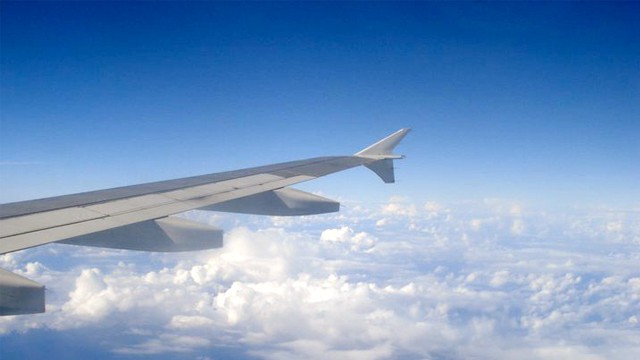Canadian Flight Safety Some of the Worst in the World
Published July 4, 2017 at 10:59 pm

Safety seems to have been put last in new draft flight regulations released by the federal government.
According to the Safer Skies coalition, which represents over 8,000 passenger and cargo pilots across Canada, the aviation regulations do not follow established science.
The regulations include having different sets of rules for different kinds of pilots, passengers, and communities, flight duty times that are too long, and considering commercial profits or safety concerns.
The coalition has expressed disappointment in the Canadian government since the rules were announced.
“The Safer Skies coalition is profoundly disappointed by the government’s new aviation regulations. The measures fall far short of established science. The government’s position represents a missed opportunity to significantly improve passenger safety for Canadians,” said Milt Isaacs, CEO of the Air Canada Pilots Association.
First, flight duty times exceed those set by science, wherein the proposed regulations do not assign a maximum flight duty time, and the maximum allowable time for long haul flights at night exceeds the recommended hours for pilots by up to 25 percent, according to NASA’s Ames Research Center.
According to the Safer Skies coalition, under these new rules, pilots in Canada will have the highest time at work in the world.
“NASA’s recommendation of no more than 10 hours of duty time at night (8.5 hours of flight time) is quite clear, and yet the government has ignored facts and science (published by NASA and Transport Canada’s own scientific advisor) in favour of regulations that favour operator commercial concerns over a recommended margin of safety for passengers and crew,” said Isaacs.
Not only do pilots have unsafe work hours, the government will be dividing regulations between different kinds of pilots, their passengers, and the communities they serve.
Though, according to the Safer Skies coalition, pilots should have the same margin of safety across the board, those flying smaller aircraft must wait 48 months to be protected by the regulations,while pilots at larger carriers, only have to wait 12 months.
“The Government’s failure to recommend well-established science and international best practices that have helped advanced aviation safety across the globe will adversely impact Canadian aviation for years to come,” said Capt. Dan Adamus, Air Line Pilots Association, International (ALPA) Canada President. “The Government has delayed updating fatigue regulations for far too long and it is entirely unacceptable that most airlines will have up to four years to implement.”
Moreover, the proposed Fatigue Risk Management System doesn’t have science-based limits or require independently verifiable data, or stringent Transport Canada approval and oversight, which creates a low margin of safety for passengers and communities.
According to the coalition, this puts commercial profits over safety concerns.
“Canada had some of the worst aviation regulations in the world and after seven years of consultation, we still have one of the worst regulations in the world in many areas,” said Jerry Dias, National President, Unifor. “Nowhere else in the world can pilots fly as many hours in a day, week, and month with as little time off to recover as Canada. The government ought to use this opportunity to harmonize with international standards to strengthen protections for pilots and passengers.”
For more information on Safer Skies and aircraft regulations, click here.
insauga's Editorial Standards and Policies advertising





